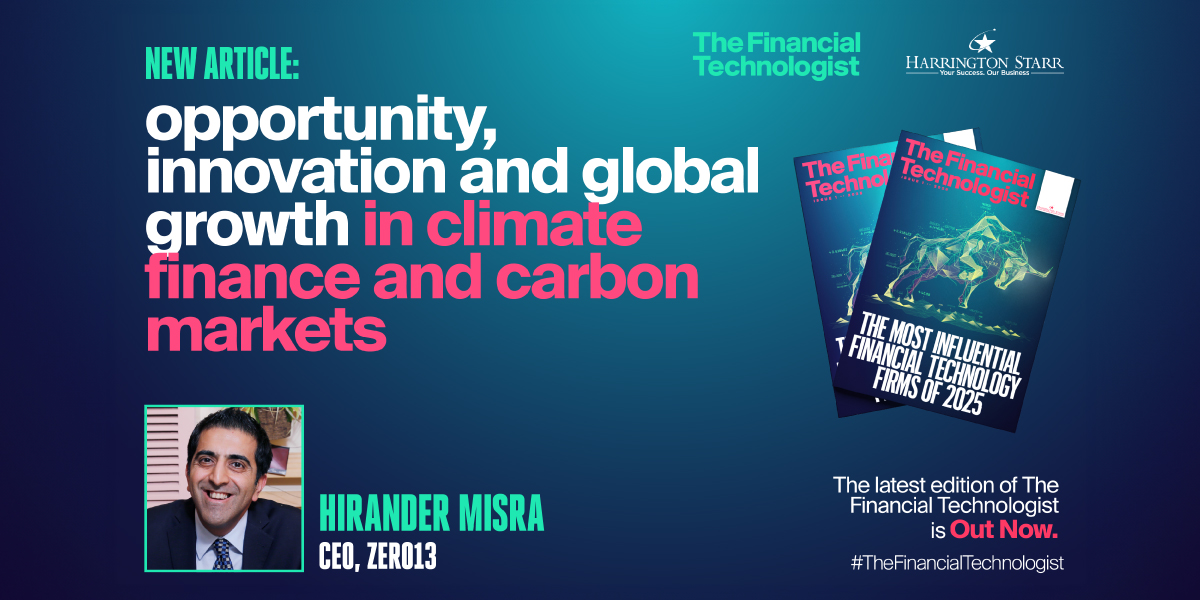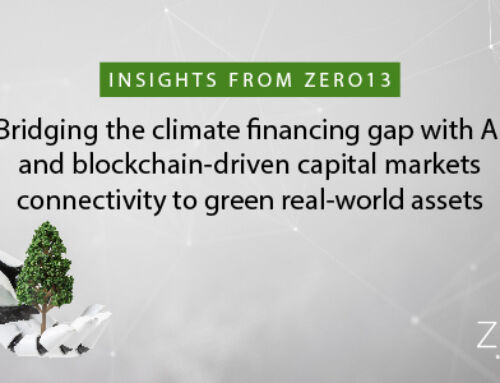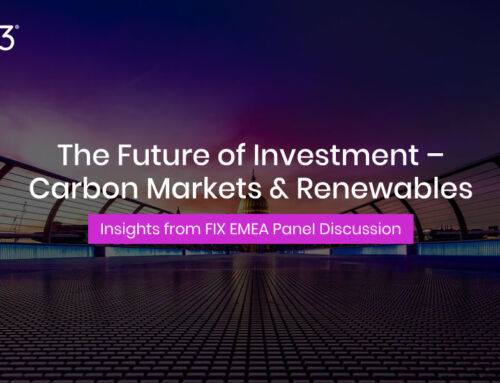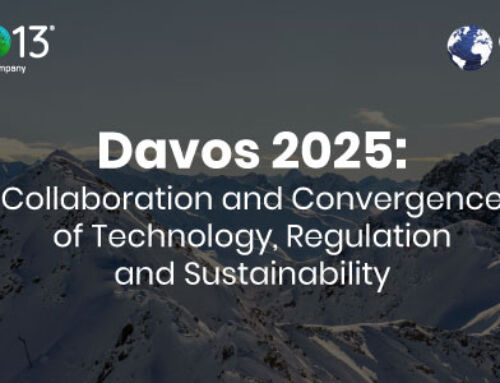Time for action – no time to ‘stand and stare’
The global fight against climate change is at a pivotal moment in time. While the continuing sustainability of our planet – and role of carbon markets to support Net Zero climate goals – have long been the subject of international debate, it is now time to shift from discussion to meaningful action.
Between COP29 and COP30 in November 2025, countries are tasked with setting new national 2035 climate targets (Nationally Determined Contributions aka NDCs 3.0), a critical milestone in global climate negotiations. Some countries, including the UK, have already announced 2035 targets. At the same time, the new US administration has stated its intention to withdraw from the Paris Agreement (and other climate-related initiatives). In or out, what countries decide to do will impact economic strategy and growth, and influence financing and investment decisions. One thing is for sure – doing nothing is not an option. Notwithstanding recent action by the new US administration to withdraw – again – from the Paris Agreement, there is a growing imperative to turn paper commitment into meaningful action. Whether increasing annual funding commitments to address the multi trillion-dollar annual climate finance gap or taking tangible (and measurable) steps to reduce carbon emissions from manufacturing and supply chains, rather than offsetting them with non-auditable carbon credits, it is time for action.
The November 2024 COP29 meeting in Baku, and the more recent World Economic Forum in Davos in early 2025, underscored this urgency and reinforced the need for greater collaboration and collective action to tackle the climate crisis. Meetings and discussions throughout both influential forums emphasised the need for greater collaboration, acknowledging that the problem is not for ‘others’ to fix. The reality is that no single entity – country, industry, technology provider, company, financial firm, philanthropist or individual – can tackle the climate crisis alone. It is all about the 4Cs with climate as a challenge needing to be addressed by communities, companies and countries collectively.
Technology convergence, collaboration and innovation will be a particularly critical driver of change in the development of trusted, scalable climate finance infrastructures, enhancing verification and validation mechanisms and engendering the transparency in climate projects, and associated financing and investing, that is essential to turn around negative market perceptions around integrity.
Carbon markets have faced numerous challenges with respect to transparency, credibility and scalability. Ratification of Article 6 of the Paris Agreement at COP29, while creating a standardised framework for international cooperation, can only go so far. Many nations still lack the regulatory infrastructure and technological capability to engage effectively, reinforcing the need for stronger multilateral cooperation and commitment. We know from surveying our ZERO13 network, for example, that greater transparency, reduced market fragmentation and more equitable distribution of funding are the top three ‘requirements’ for a more effective and impactful global carbon market, with digital technology needed as a key enabler.
Overcoming challenges to market integrity and transparency
Regulatory and policy harmonisation, standardised ‘measurement’ methodologies, scalable technology solutions and stronger governance structures are vital tools in ensuring and assuring the effective – and equitable transition – to a low-carbon global economy.
Standardised methodologies for carbon credit verification and pricing are critical to enhancing liquidity and building investor confidence. To address this, digital Measurement, Reporting and Verification (DMRV) mechanisms are being integrated increasingly into carbon credit issuance, ensuring real-time traceability and verification. Blockchain-backed carbon registries and AI-driven sustainability analytics will also help to redefine how carbon credits are assessed and traded, fostering trust and investor confidence.
One of the key takeaways from Davos was a growing recognition that advanced technologies—AI, blockchain, and quantum computing—are not just tools for efficiency, but vital enablers of integrity and credibility in carbon markets. These innovations are making climate projects more verifiable, reducing risks, and ultimately facilitating better capital allocation.
The integration of quantum computing offers enormous potential with respect to increasing precision in carbon credit verification and pricing, optimising energy resource management, building climate finance models and enabling interoperability between and across myriad carbon registries and trading platforms. In 2025 and beyond, we can expect this data analysis ‘discipline’ with its ability to process vast datasets, inform dynamic modelling and optimise resource allocation to be transformative in creating opportunities and driving growth in carbon markets and climate finance.
The rise of innovative investment models
Alongside leveraging technological advances to drive more efficient and transparent climate finance markets, there is also a pressing need to address the $4.2billion annual climate funding gap in total, and to redress the imbalance of funding distribution between Global North and South projects: Despite pledges to increase climate finance commitments by developed nations to developing nations, the flow of capital to emerging markets remains constrained. Traditional financial markets continue to perceive climate investments in the Global South as high-risk, despite these regions and nations being likely to be more quickly and directly impacted by the effects of climate change.
Financial markets are exploring several innovative investment models that would support the more equitable distribution of climate capital to less developed countries, such as:
- Blended finance models that combine public and private sector investment to de-risk projects.
- Carbon credit tokenisation to create new investment vehicles and improve market liquidity.
- Green bonds and impact- driven financial instruments, including structured products which align investor returns with measurable environmental and social outcomes.
- Tax incentives for sustainable business transformation measured by validated, verified and auditable mechanisms.
It’s not just about more equitable capital allocation; more equitable distribution of benefits is also necessary. Community Development Funds and participatory project development programs are great examples of mechanisms that ensure that local populations – not just investors and project owners – receive a fair share of carbon credit revenues. These initiatives not only drive economic growth but also empower communities to become active participants in climate solutions.
Collaboration is the cornerstone of progress
The message for 2025 is clear: Meaningful climate action demands coordinated effort at an unprecedented scale. While technological innovation, imaginative financial mechanisms and regulatory consistency and clarity are all critical, collaboration remains the cornerstone of progress.
As we look toward COP30 to be held in Belém, Brazil in November 2025 and into the years ahead, it is no longer a question of if, but how, climate financing and carbon markets should scale, and to ensure that they do so effectively, equitably and with integrity. By embracing digital solutions, financial innovation, and cross-sector collaboration to break down silos and foster interoperability, all stakeholders – governments to individuals – can participate in the creation of a more resilient and impactful climate finance system that drives climate sustainability, environmental progress and economic opportunity for all.
This article features in The Financial Technologist Magazine, where ZERO13 was named one of the most influential financial technology firms of 2025.





